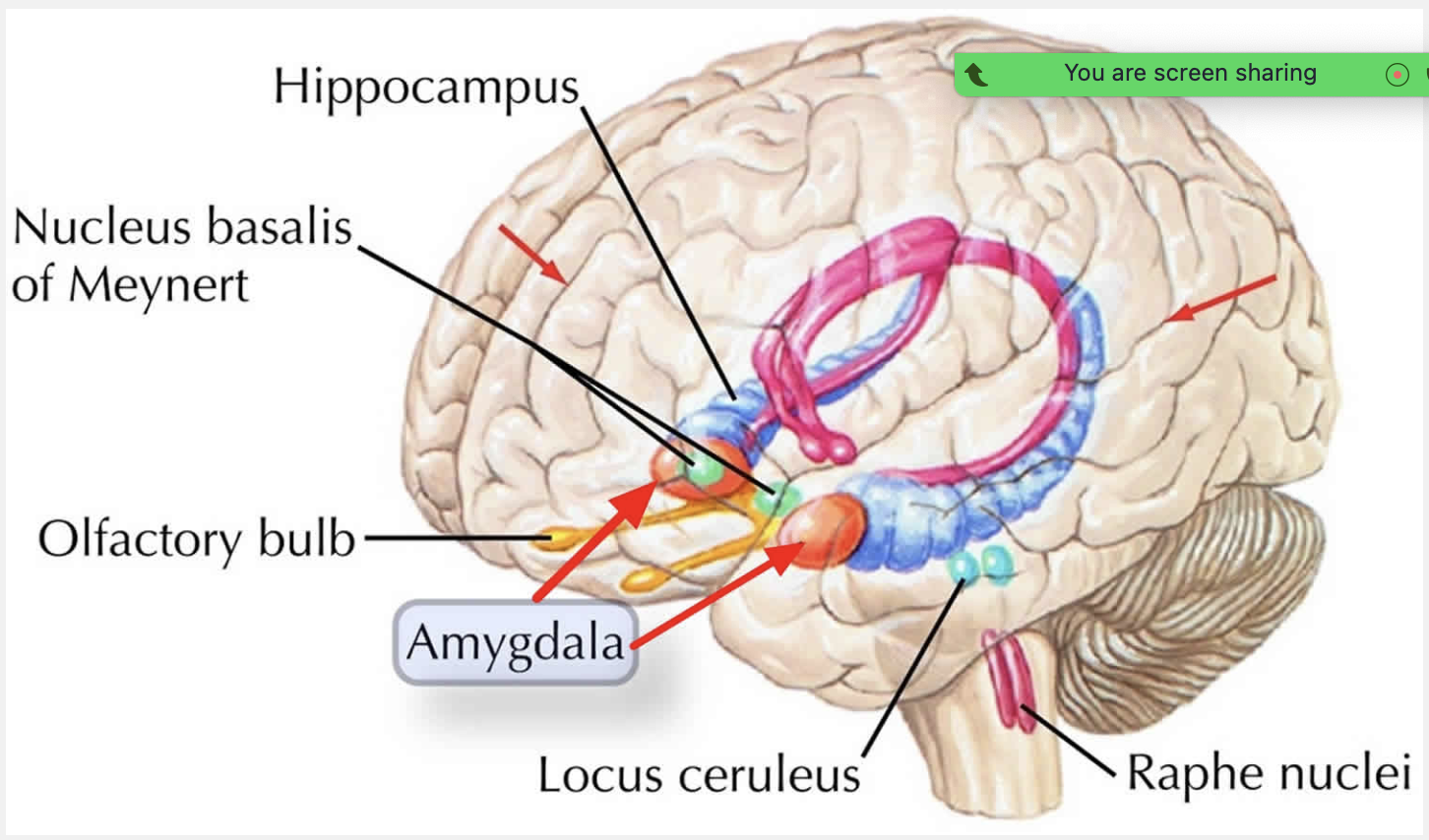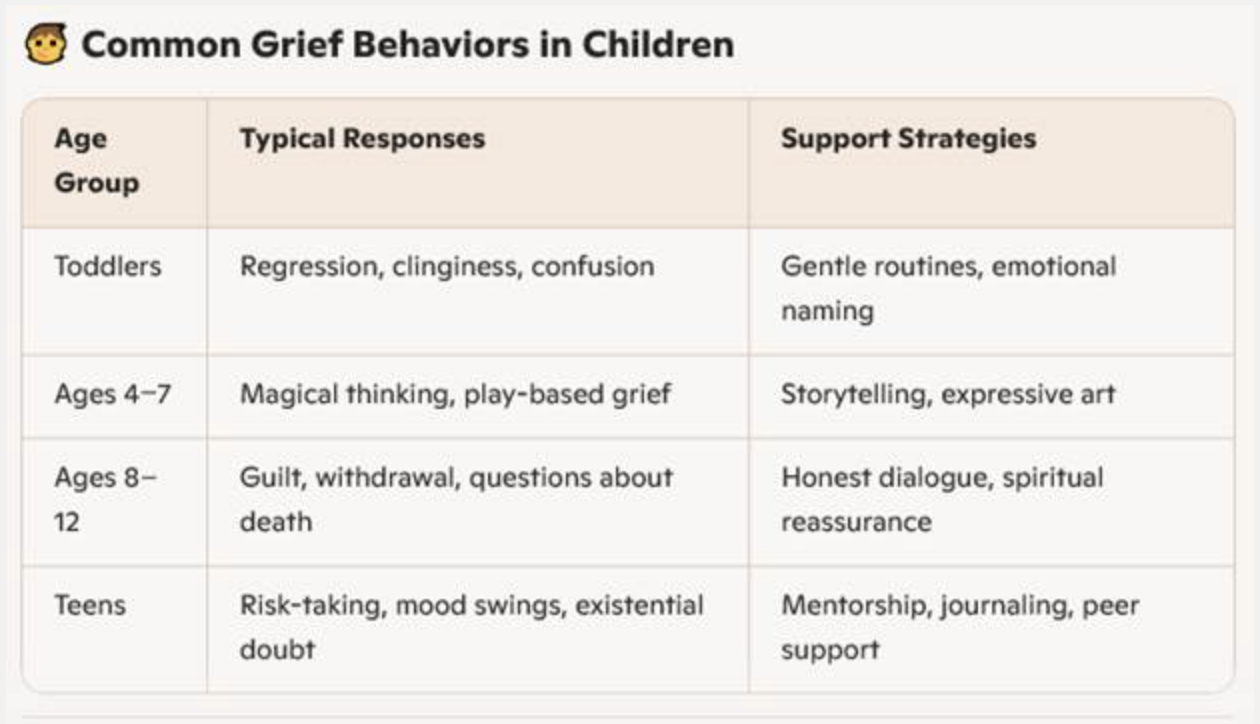Understanding Grief in the Developing Brain: A Resource for Caregivers and Educators
Image from: https://sl.bing.net/fdtjpKnCSo8
🌱 Why This Matters
Children process grief differently than adults, not just emotionally, but neurologically. Their brains are still developing, and loss can shape how they regulate emotions, form relationships, and interpret the world. This guide helps caregivers, educators, and ministry leaders support grieving children with compassion and insight.
How Grief Impacts the Brain
1. Right vs. Left Brain Processing
Right Brain: Dominant in early childhood; governs emotions, images, and personal memories.
Left Brain: Develops later; handles logic, language, and linear thinking.
Grief Response: Children often grieve through right-brain channels through play, imagination, and emotional expression. Validation and storytelling help bridge both hemispheres for healing.
2. Stress and the Limbic System
Grief activates the amygdala, the brain’s fear center, heightening anxiety and emotional sensitivity. Observe children to see if they could be experiencing anxiety or panic attacks.
Chronic grief may disrupt the hippocampus, affecting memory and learning. As an adult, I do think my memories were impacted by loss. Children often worry about forgetting their loved ones.
Supportive environments help regulate these responses, fostering resilience and emotional safety. If as parents, we are experiencing grief, we may need others to come and help support the children.
3. Neuroplasticity and Healing
Children’s brains are highly adaptable. With nurturing care, grief can become a catalyst for growth.
Faith-based rituals, music, and consistent routines help rewire the brain toward hope and connection.
🙏 Faith-Based Encouragement
Psalm 34:18 – “The Lord is close to the brokenhearted and saves those who are crushed in spirit.”
Encourage children to express grief through prayer, music, and scripture-based reflection.
Use metaphors like “Jesus walking beside you” to offer comfort.
📘 Suggested Activities
Grief Journal Prompts: “What do you miss most?” “What helps you feel safe?”
Memory Box Creation: Collect items that remind the child of their loved one.
Scripture Coloring Pages: Combine art therapy with spiritual grounding.
Call to Action: Please visit my website: drjerrylwoodbridge.com for additional resources on my blog.

